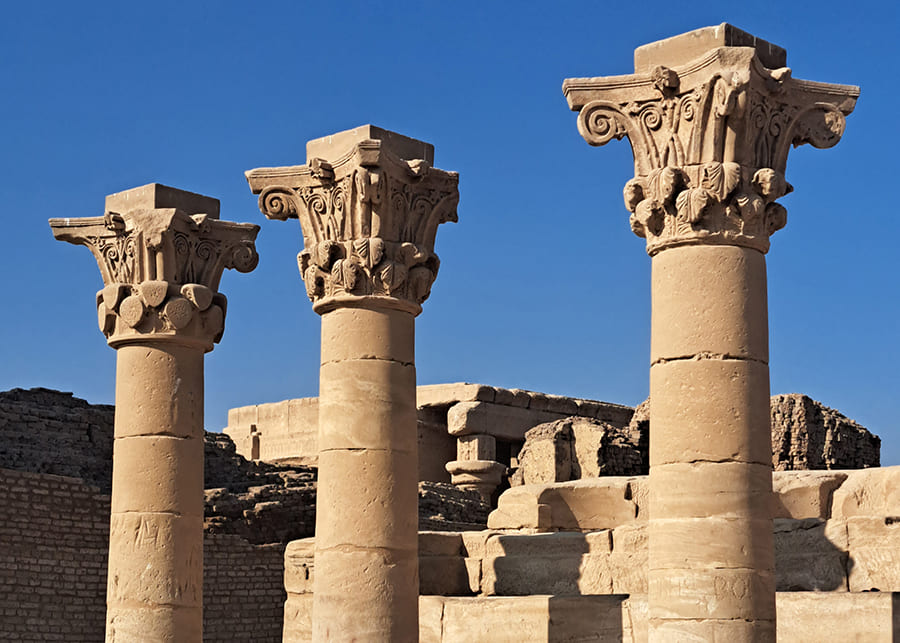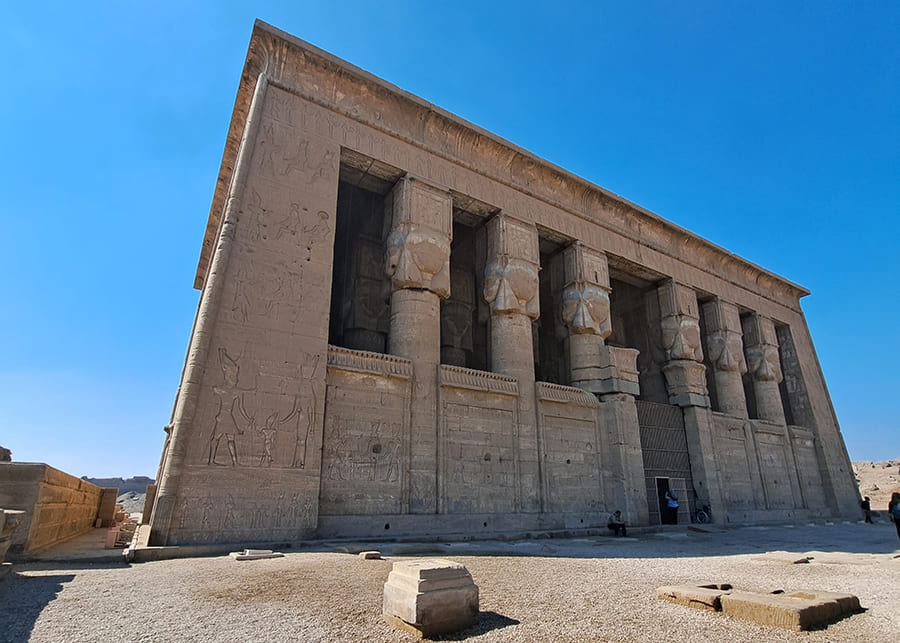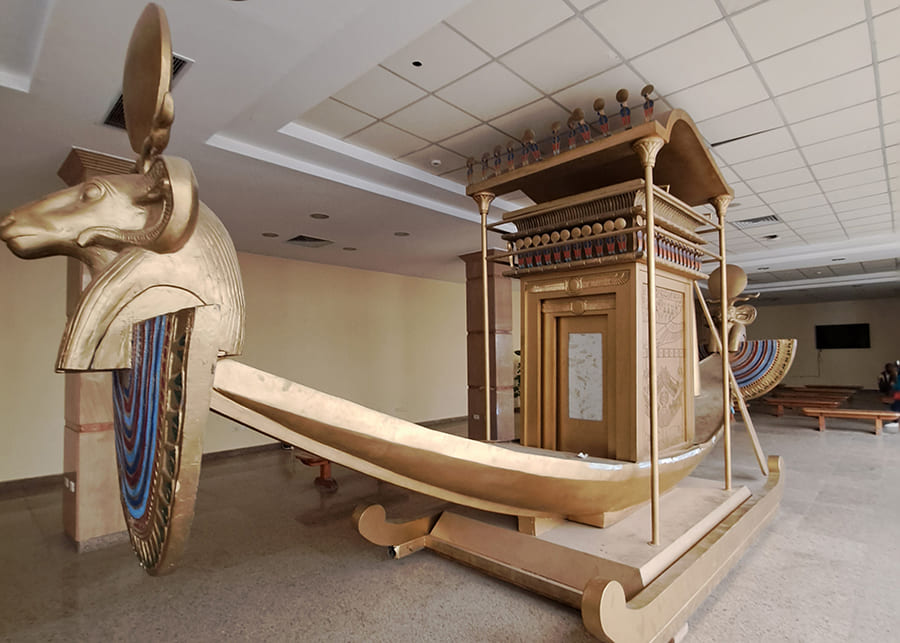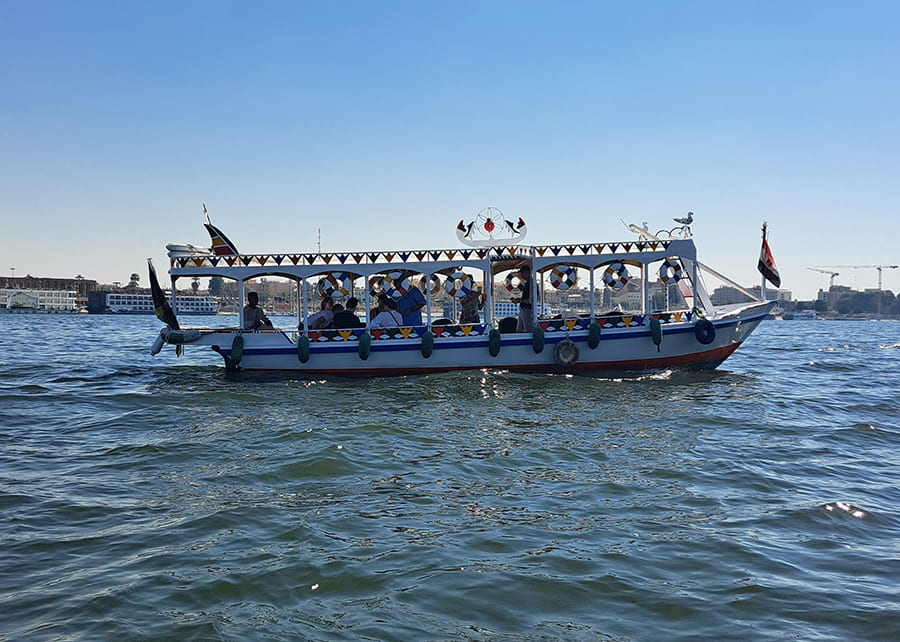Luxor: A Trip to Ancient Egypt
| Price: | from 95$ for adults and children aged 12 and older |
from 50$ for children aged 2 to 11 inclusive |
This tour is a jaw-dropping time travel to ancient Egypt that will definitely fascinate everyone. Luxor is a place where the number of world-known attractions is just incredible!
What will travelers see in Luxor? They will see such attractions as the Karnak, the largest temple complex of Ancient Egypt located in the ancient city of Thebes, a chapel, where the remains of Alexander the Great are probably buried, the mortuary temple of Hatshepsut, devoted to the most famous woman pharaoh, the Colossi of Memnon, which are two massive stone statues of the Pharaoh Amenhotep III, and many other fascinating sights.
Tourists start exploring Egyptian antiquity from the Karnak Temple Complex, which was the main place of worship in the New Kingdom. The ensemble of the complex includes temples dedicated to the so-called Theban Triad: the Sun god Amun-Ra, his wife Mut and their son Khonsu.
Among the main most popular sites, special attention should be paid to Akh-menu, a superb ancient shrine. It’s located on the east side of the main temple complex. Akh-menu was built by the Pharaoh Thutmose III as a festival hall. Akh-menu features thirty-two square pillars and tent pole style columns which weren’t used in any other architectural constructions in ancient Egypt. The Hall consists of a suite of rooms dedicated to Sokar, a solar complex and the festival hall itself, from which the other areas of the building can be reached.
Moreover, tourists have a unique opportunity to visit a famous chapel, where the remains of Alexander the Great are probably buried, and the Temple of Ramesses II, where the frescos dedicated to the most powerful pharaoh who reigned over Egypt for 67 years and conquered Syria, Ethiopia and parts of Arabia, are preserved. Another attraction is the Temple of Ptah, which lies to the north of the main Amun-Ra temple, just within the boundary wall. The building was erected by the Pharaoh Thutmose III on the site of an earlier Middle Kingdom temple and underwent successive restorations by the Ptolemies.
After lunch travelers go by boat to the Valley of the Queens, a site where the wives of pharaohs were buried in ancient times. It was known then as Ta-Set-Neferu, meaning «the place of beauty».
The mortuary temple of Hatshepsut is also located in this valley and leaves a great impression on visitors. It is a three-terrace monumental building, devoted to the most famous woman pharaoh and rising above the desert floor and into the cliffs.
Another impressive spot in the tour itinerary is the Colossi of Memnon, which are two massive stone statues of the Pharaoh Amenhotep III. Travelers can take photos with giant statues depicting the Pharaoh looking to the east where the sun rises. Two shorter figures are carved into the front throne alongside his legs: these are his wife Tiye and mother Mutemwiya.
The tour program also includes a visit to an alabaster factory, an enterprise where tourists can see with their own eyes the various stages of making products from natural alabaster. There is a souvenir shop at the factory.
The tour ends with a boat trip along the Nile to banana plantations, the so-called Banana Island. This part of the excursion will be especially interesting to everyone who wants to learn more about the tasty fruit.





